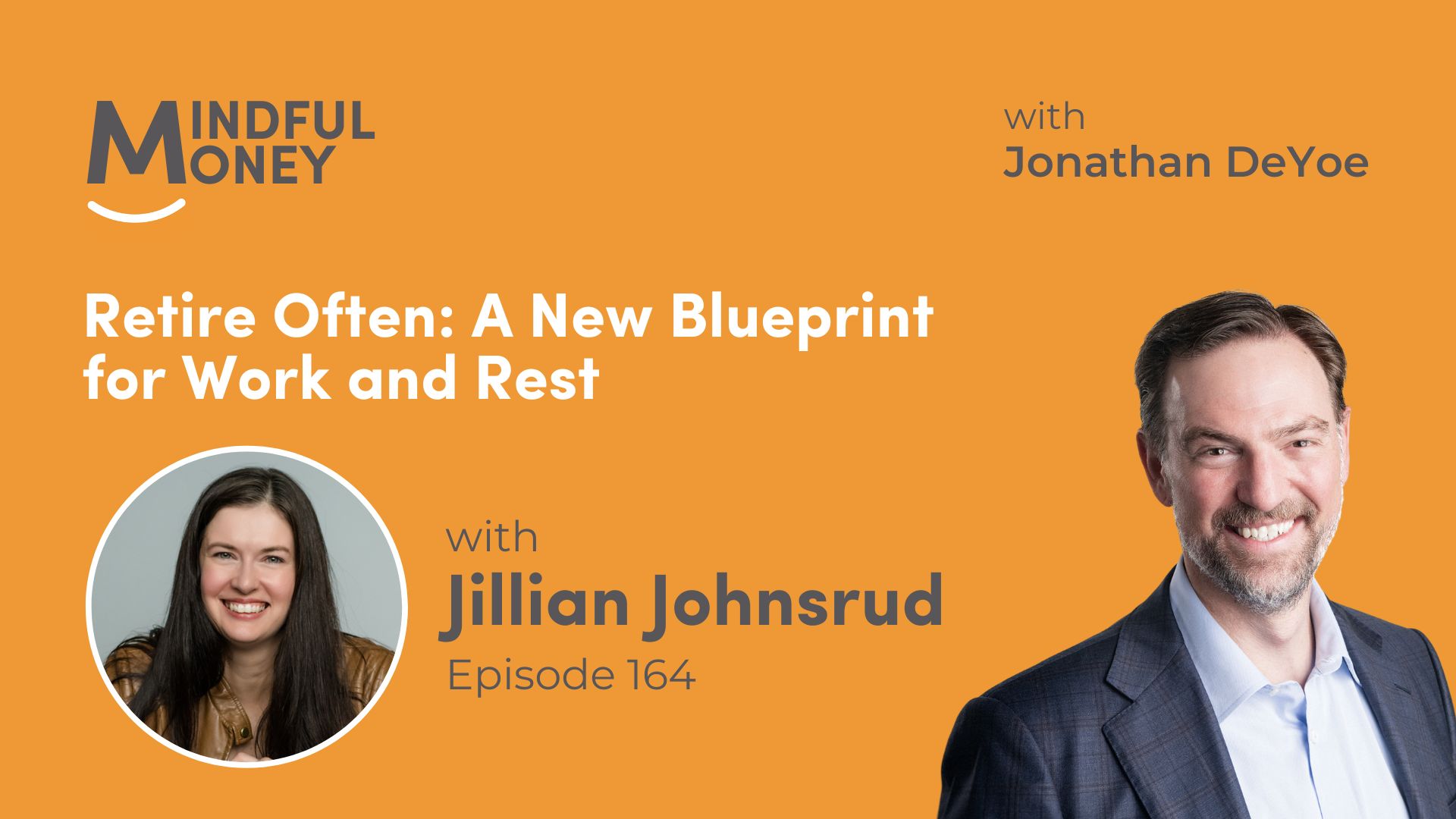There is a lot of negative news out there right now. Inflation is the worst it has been in 4 decades, there may be a recession around the corner (we may just be waiting for the National Bureau of Economic Research to verify what the 2 quarters of negative GDP has already told us), supply chains are still problematic, Russia is playing games with Europe’s source of heat and invading neighboring countries, China is continuously wrecking havoc in supply chains with their zero-Covid policies.
In response, the markets experienced a panic driven sell-off that saw 90% of S&P 500 companies closing lower on 5 consecutive trading days in June. That selling pressure initiated the last 6 weeks of extreme volatility – with only a slight reprieve coming in the last few sessions.
When will it end? I don’t know, but I’d be careful about getting overly swept up in it.
I would never call a bottom, or suggest a direction for the next quarter, but all the negativity in headlines is almost purposefully discounting possible positives. I see three things in the (relative) short-term:
- Inflation will ultimately ease. There are lots of reasons to think that it is already easing – even if it hasn’t shown up in the blunt measurement of CPI. Supply chains are improving. Commodity prices are declining. Demand for housing in particular has slowed dramatically. The bond market is expressing an average inflation expectation of only 2.5% for the next 5 years.
- The Russia/Ukraine war will ultimately end. Resolution could come at almost any time. The longer it lasts, the worse Putin looks on the international stage. When it happens, there will be a positive ripple effect in energy and food prices as well as a collective sigh of relief.
- It looks like corporate profits will hold up. In the last 6 weeks with all the Fed tightening and punditry blathering, the earnings expectations for the S&P 500 companies have come down by less than 0.5%. Of course, they can come down more… but the reality is they are not, and they have had every opportunity to do so.
And, when I think long-term I see a couple more very positive things:
- When stock prices decline and earnings stays the same, valuations are improving. For value investors like us, this is mother’s milk. This is the greatest opportunity to accumulate shares in great companies at discount prices. I don’t know if the discount improves or not, but I know I can buy the shares more cheaply now than I could 6 months ago –
and in some cases MUCH more cheaply. - A whole group of novice investors just learned the most important investing lesson – popularity isn’t the sign of a great investment (in fact, the opposite may be true). I learned my lessons with my first equity investments during the Savings & Loan crisis of the early 80s and then again in the dot.com bust (where I thought I could outsmart the market with options). Many learned their lessons during the Great Recession. A new crop of students was taught their lesson in crypto, meme stocks, NFTs, SPACs, and growth at zero interest rates. Of course, some will (as many have) learn the wrong lessons, and some more will fail to learn anything from this experience. But most will be better investors in the future.
It has always been a strange thing to me that our culture processes the declining price of everything we buy to consume regularly with greed (even joy in some cases) while processing the decline in the prices of our investments with fear.
If you can meet these declines with patience and discipline and process them as opportunities (for additional buying, for rebalancing, and for loss harvesting), you can have an extremely positive experience in the coming years.
Stop Predicting. Start Planning. Stay Mindful.





